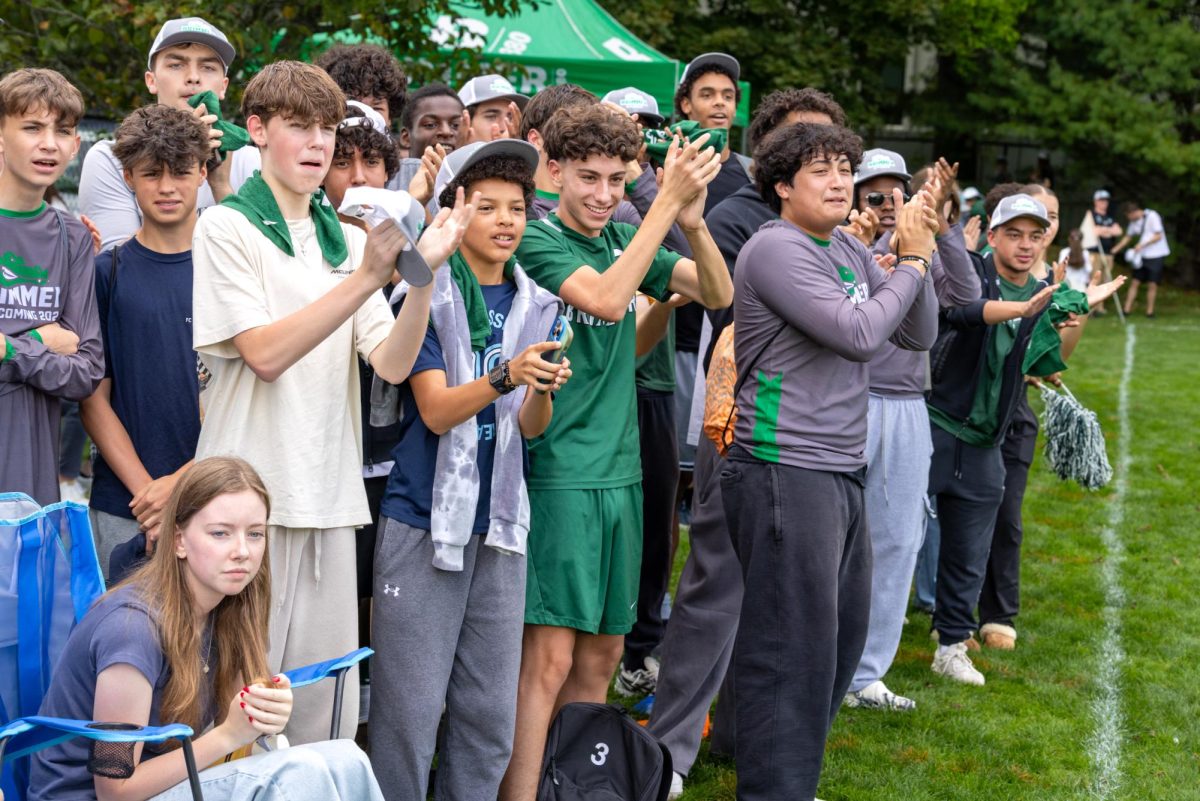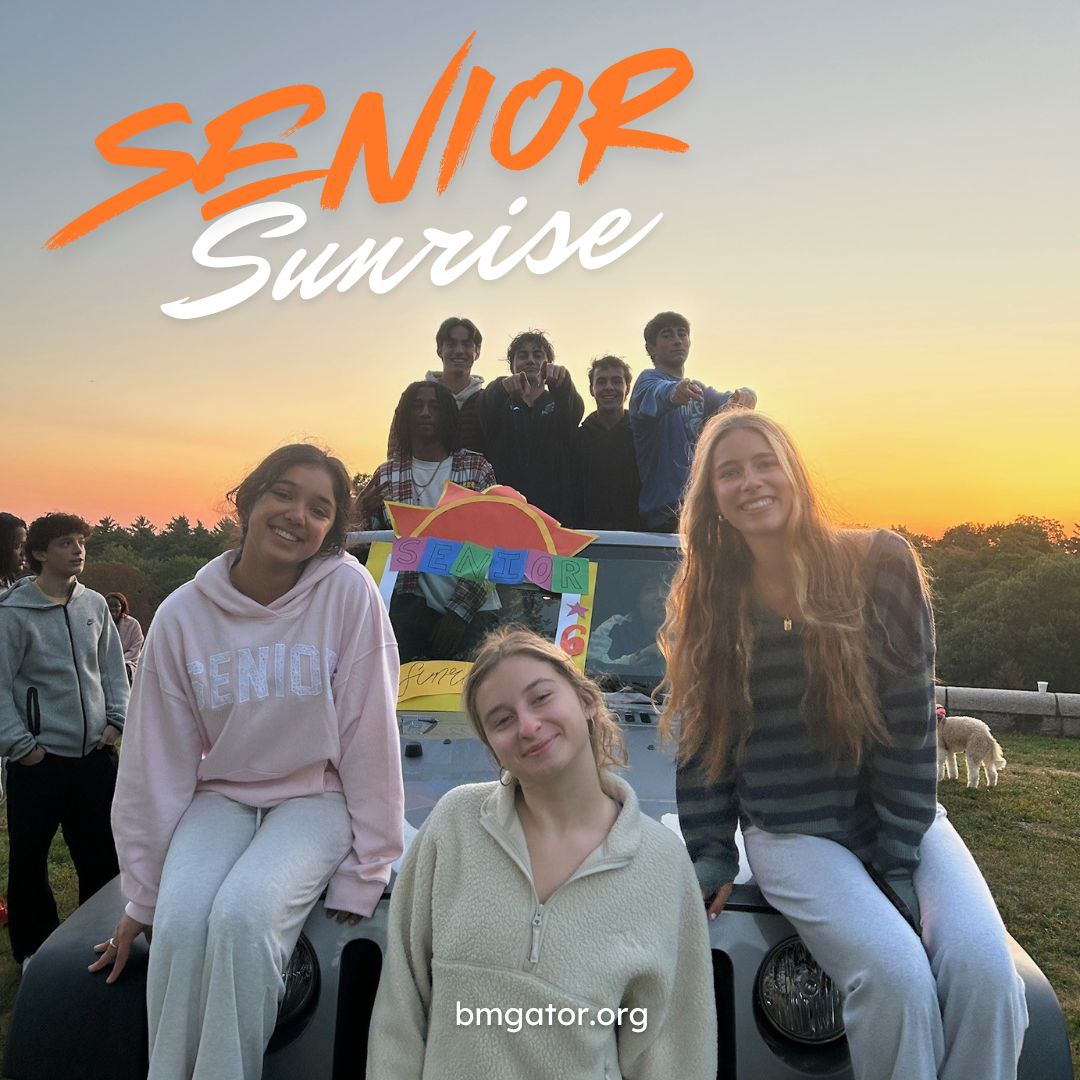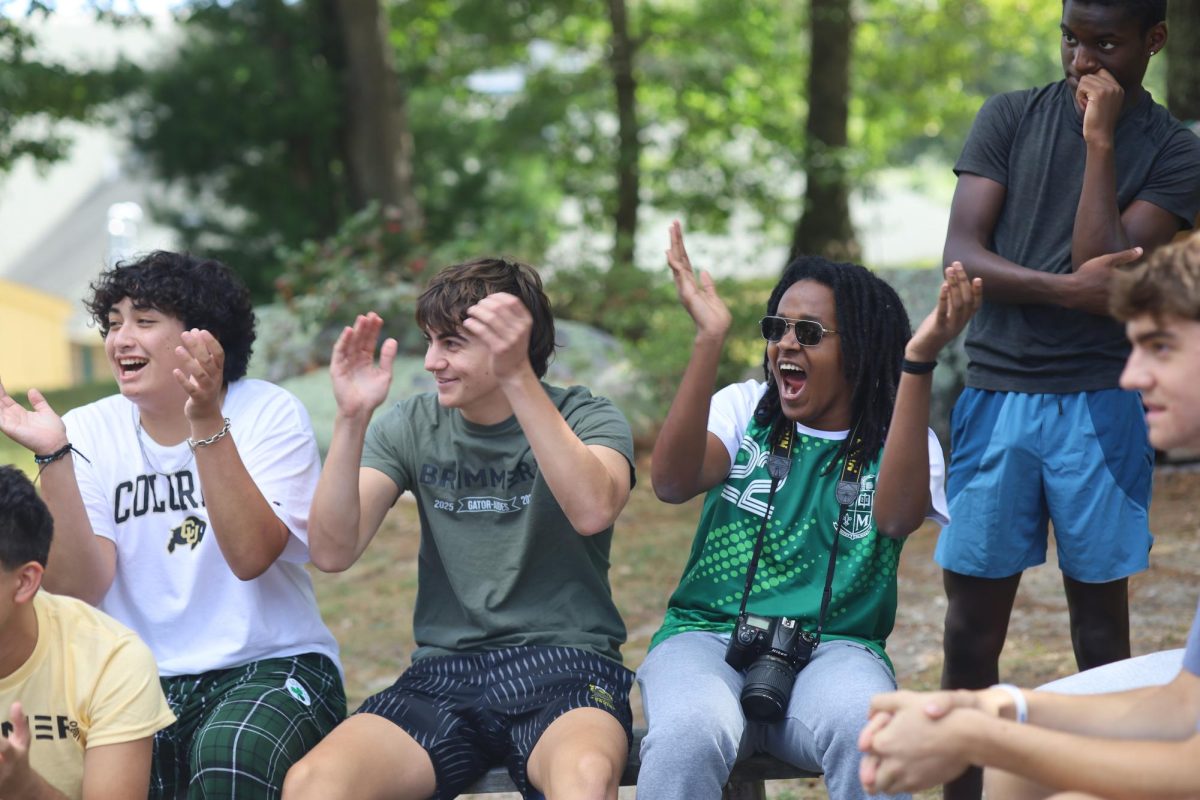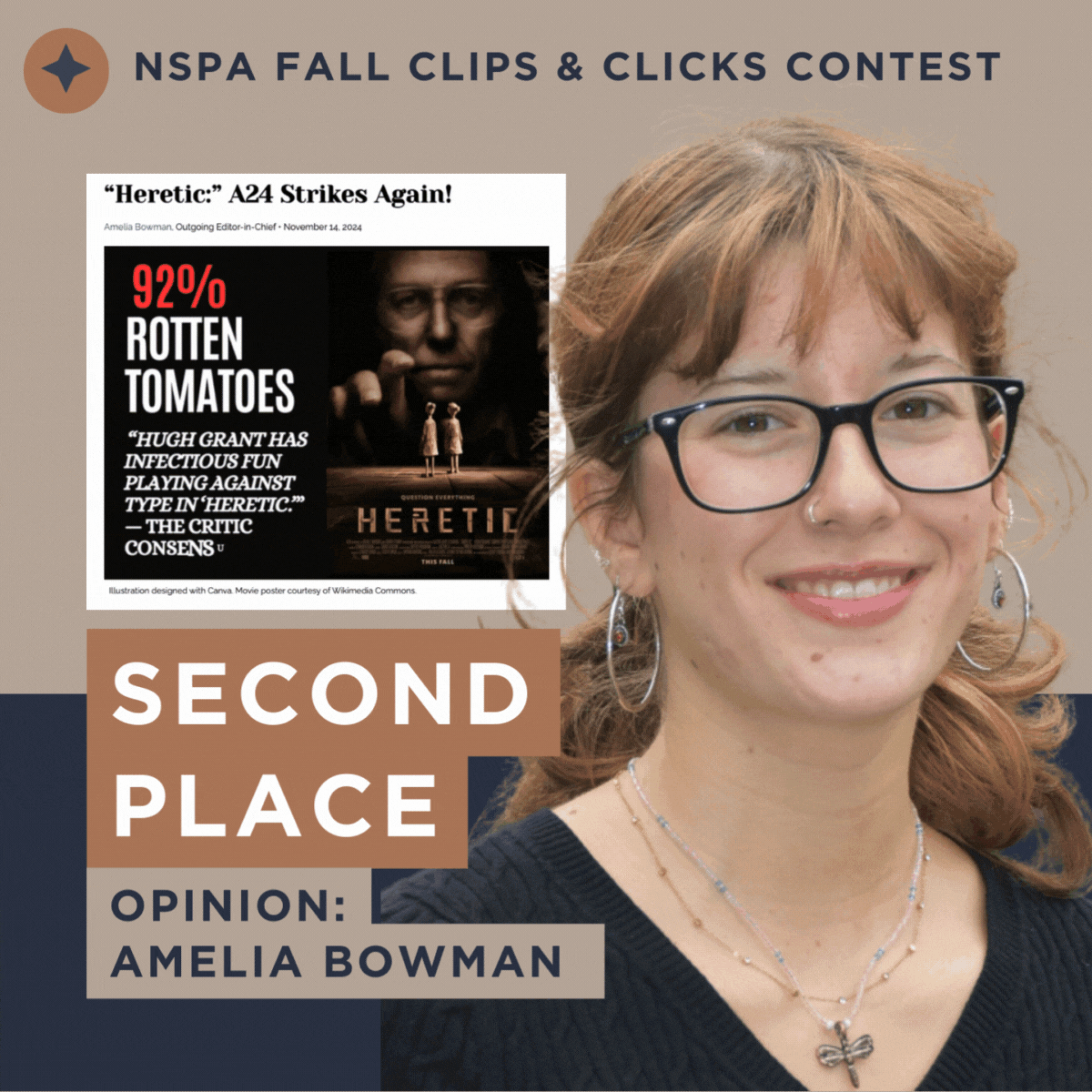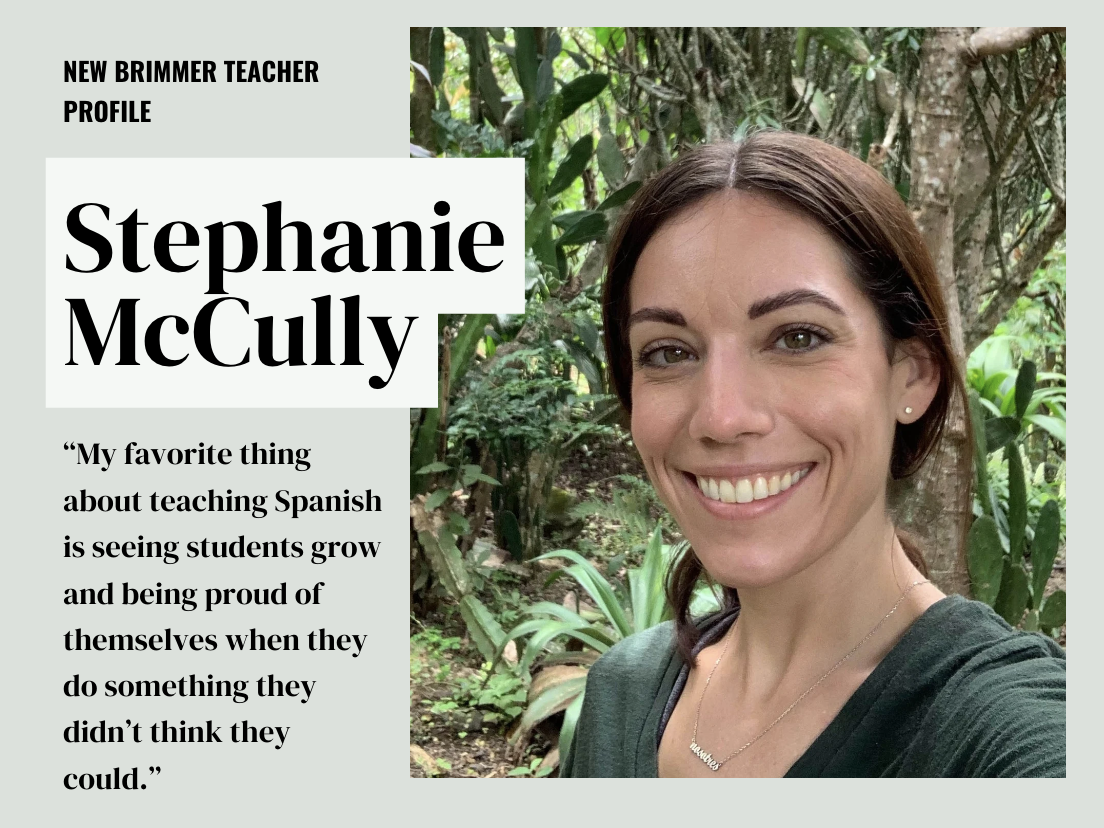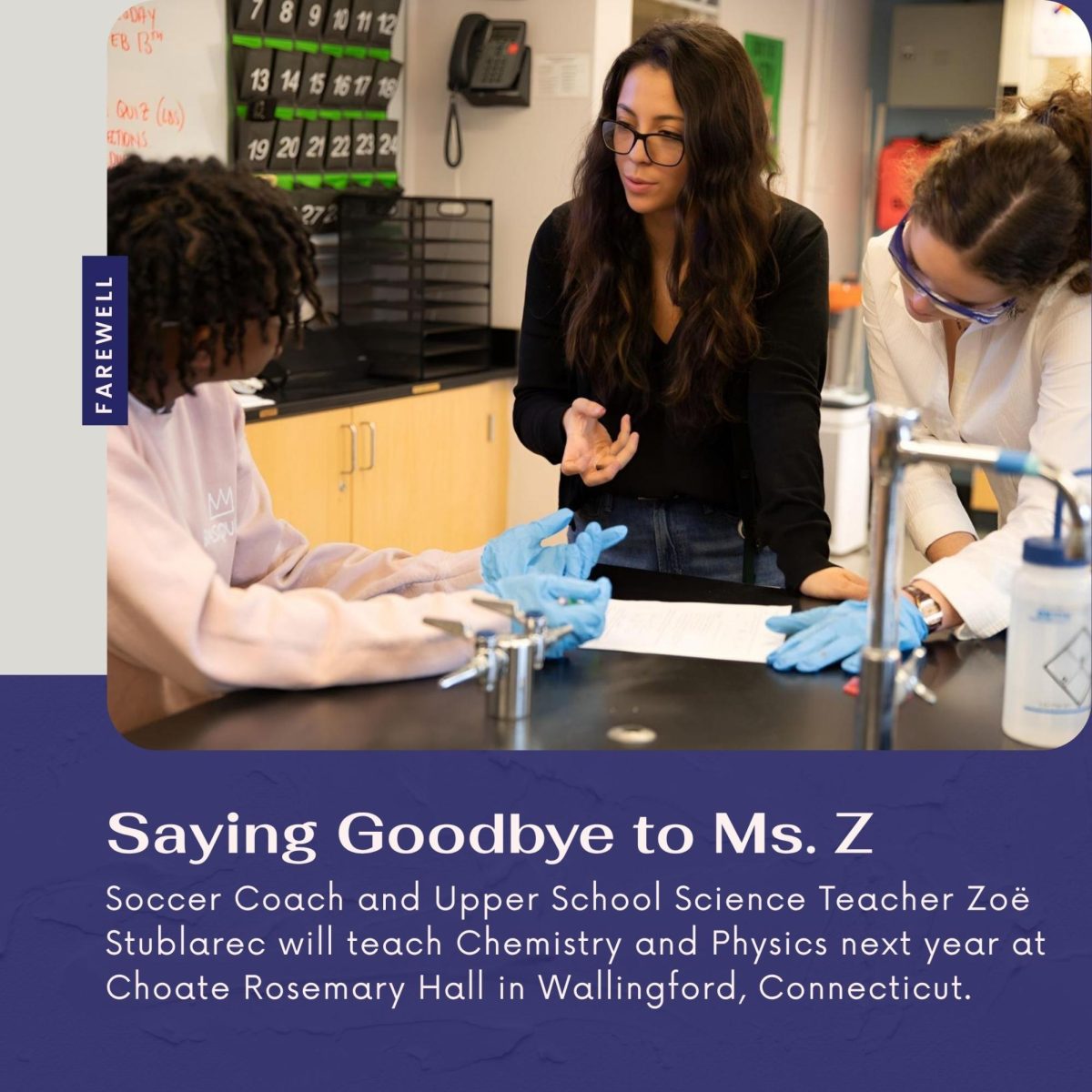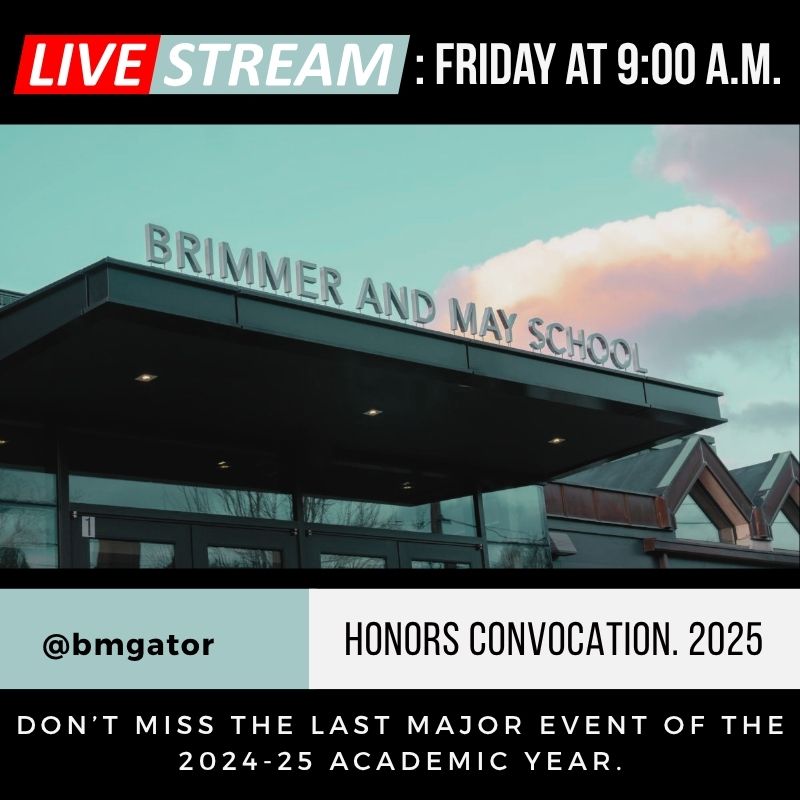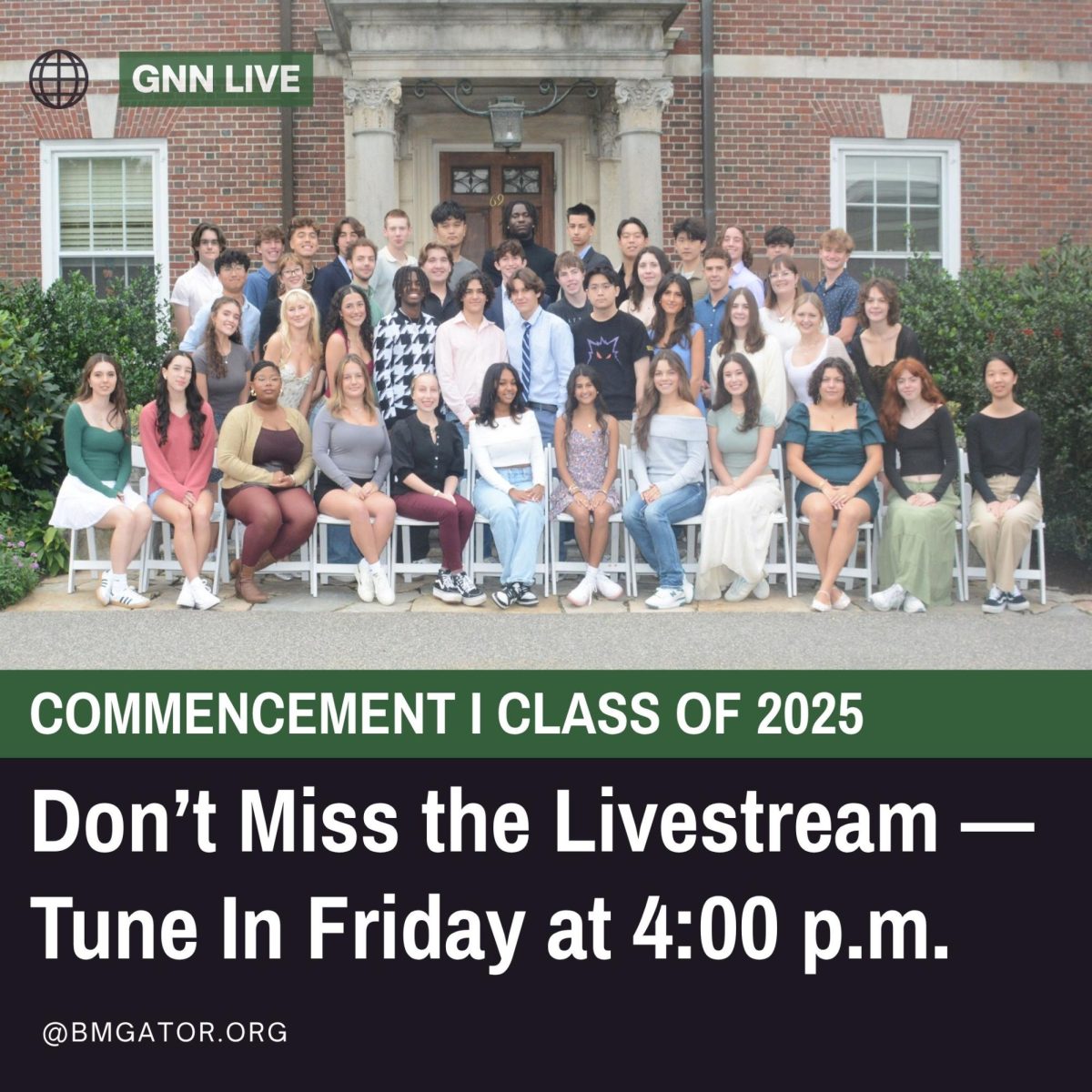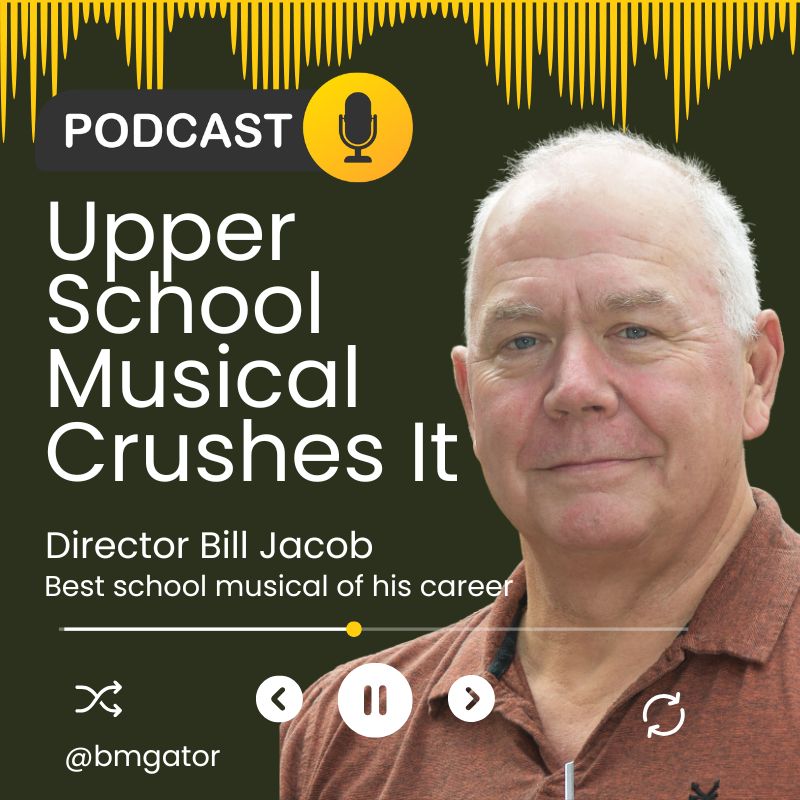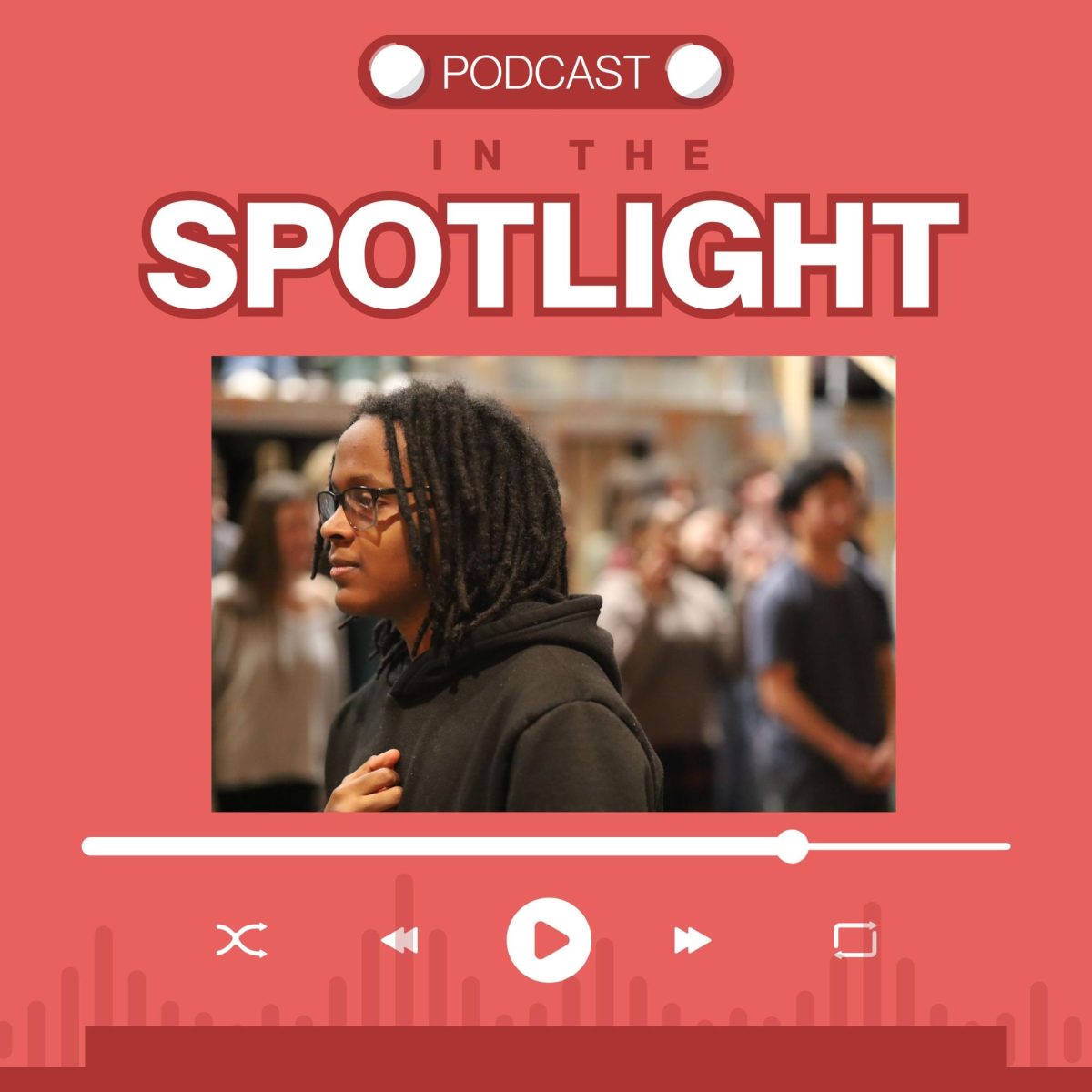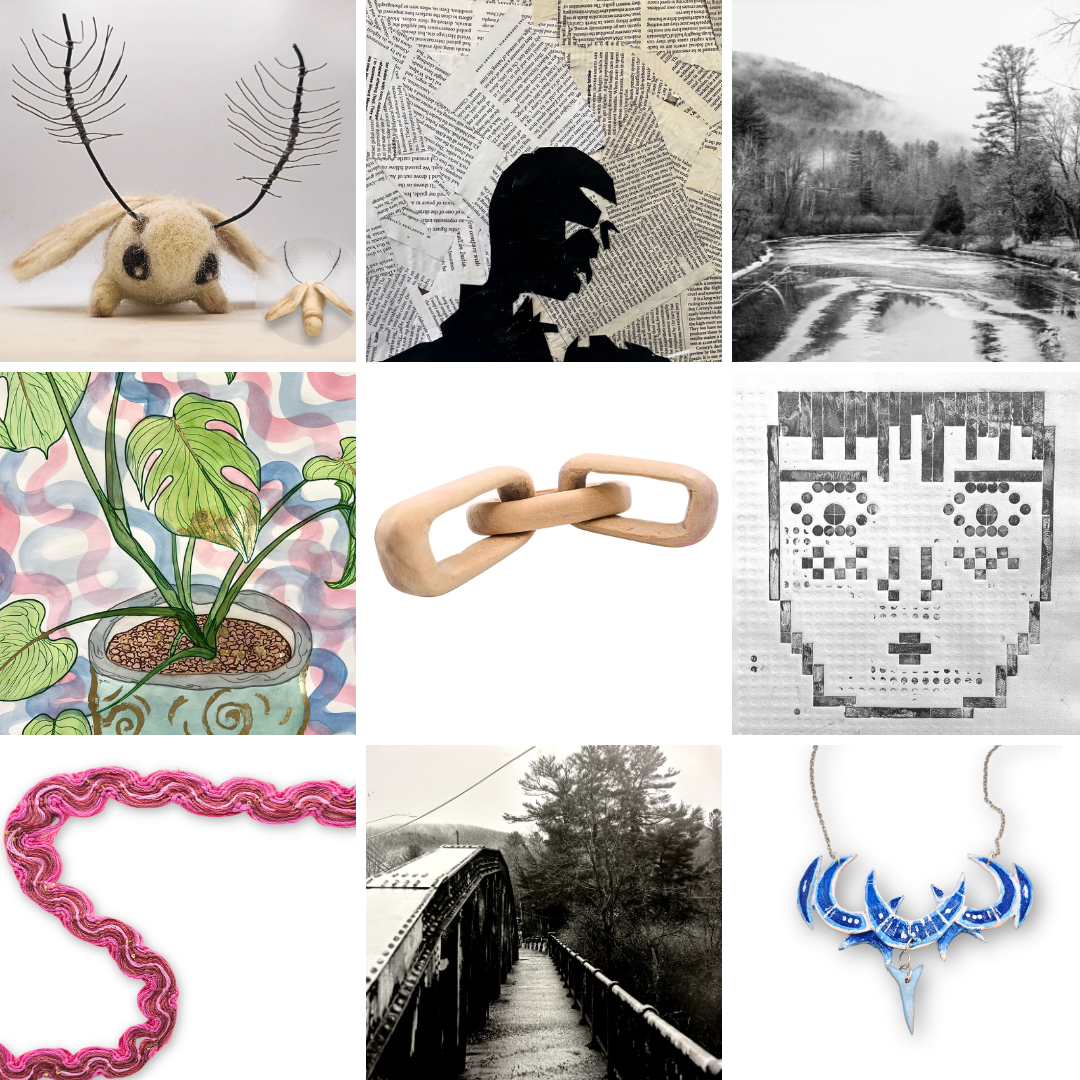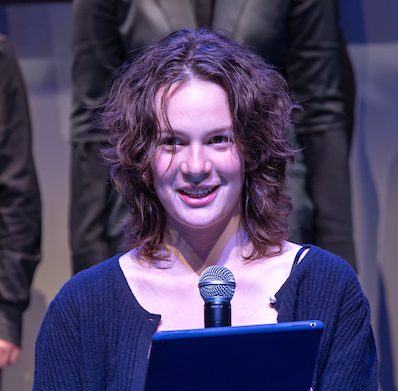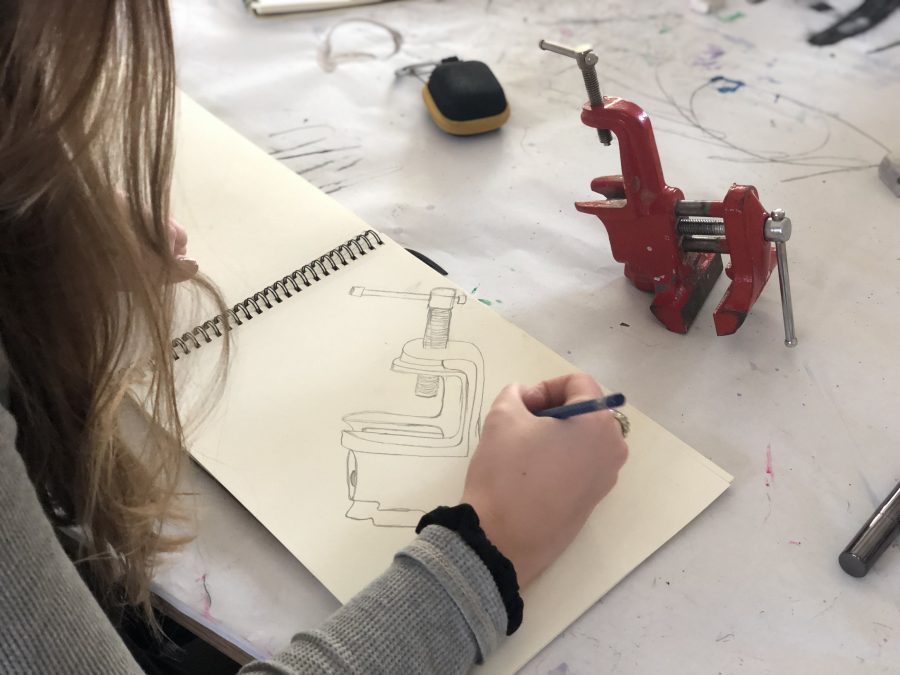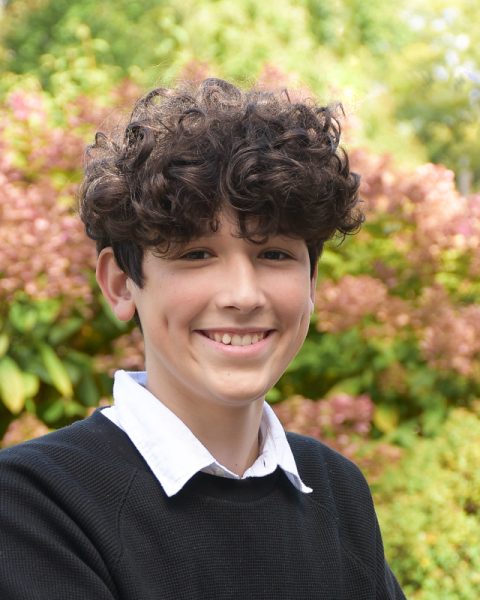Art Classes Adapt to Hybrid Learning Model
December 14, 2020
As the School continues to teach using a hybrid model, many classes have dealt with new challenges, especially the Art Department, which depends on students being physically present to engage.
Many art classes are unique in the materials they use, some of which need to be used in a classroom setting or cannot be sent home. The School offers a ceramics class every other year, which would not work outside of the usual ceramics studio setting.
While classes like Drawing and Digital Art are easier to run remotely, the materials available to use and help teachers can provide looks different with the current learning model.
Director of Innovation Kathryn Lee runs many different art classes, ranging from Problem Solving Through Design to Fashion Design. In Lee’s classes, she says, she often relies on getting a “look where everyone is” and getting “close to students and their projects” to determine how she can best help students, both of which are dependent on being in close proximity to students and their projects.
Avery Alperin ’21 is working with Lee on a project she designed in Problem Solving last year.
“It has been very easy [working online] because I would be doing it online anyway,” Alperin said about her current work. “I am learning coding and some engineering so I can apply it to my walker.”
To help combat problems in classes that did not transition to the new learning environment as easily, the Art Department has incorporated new tools and techniques, such as the usage of an “antenna-pointer” to point at a specific part of a project without breaking social distance protocols.
But for digital classes where touching a student’s computer isn’t an option, Lee said that she has been explaining how to do things using Photoshop or teaching a computer program. While harder than explaining concepts in-person, there are few other options.
Betty Wang ’21 is an AP Studio Art student learning concurrently.
“I’d say it is obviously challenging because of the limited materials, but I was glad to have more flexibility time wise and also try out some new media,” Wang said. “Some students even attempted digital drawing which turned out amazing.”
Hannah Liwerant ’22 is involved in music classes, which have also been disrupted by the pandemic.
“I’ve definitely learned a lot from this class. Although the structure has been different than past years, I think it’s led to a lot more independent work and just in general working individually,” Liwerant shared. “I haven’t been able to collaborate with other musicians or perform or attend performances which is something that always inspires me, but on the other hand, in isolation I’ve been able to focus a lot more on my individual work and produce high-quality and focused work.”
For Middle and Upper School Art teacher Brent Ridge, who offers Drawing, Painting, Sculpture, and AP Studio Art—as well as classes like ceramics, which proved infeasible this semester—the new approach involves working out how to craft projects around the supplies all students can access.
“Any time you see one of those nice bags that says Brimmer Art Department spray-painted on the side, that’s a sculpture student,” Ridge said.
The planning and execution of art classes have taken lots of time and additional thought this year given the variety of learning scenarios. The School and Art Department continue to brainstorm new ideas so these classes can run as smoothly as possible. For those interested in taking art classes next semester, know that the Art Department is doing the best they can to keep electives up and running.


